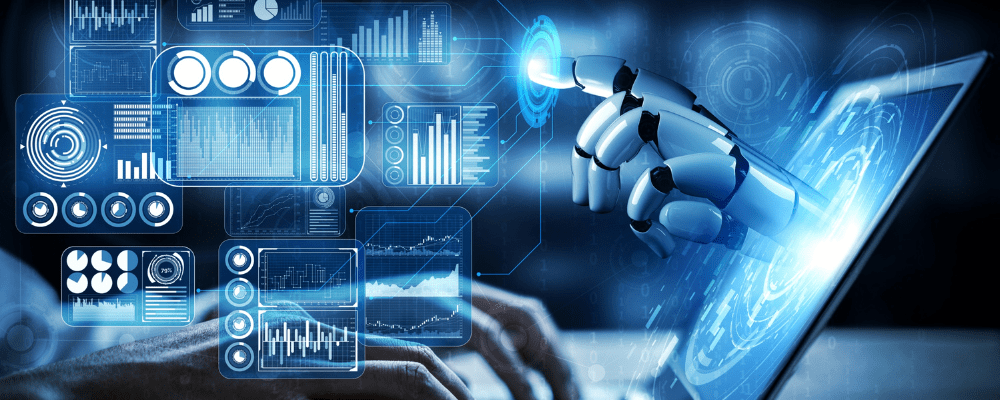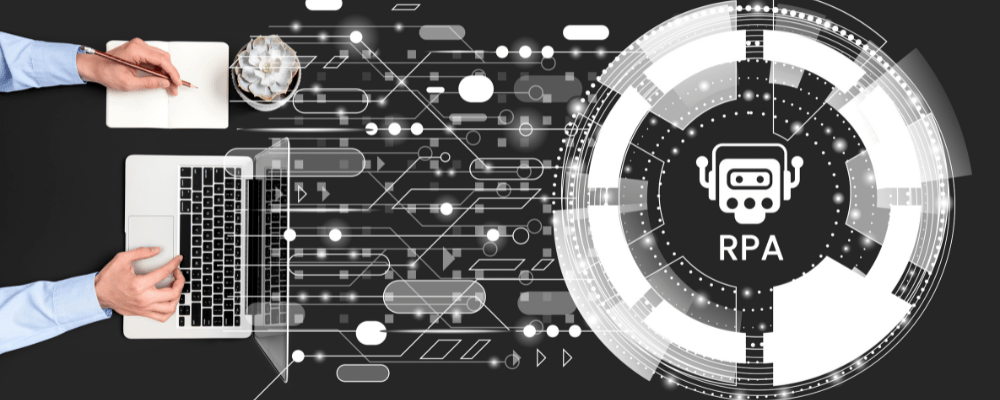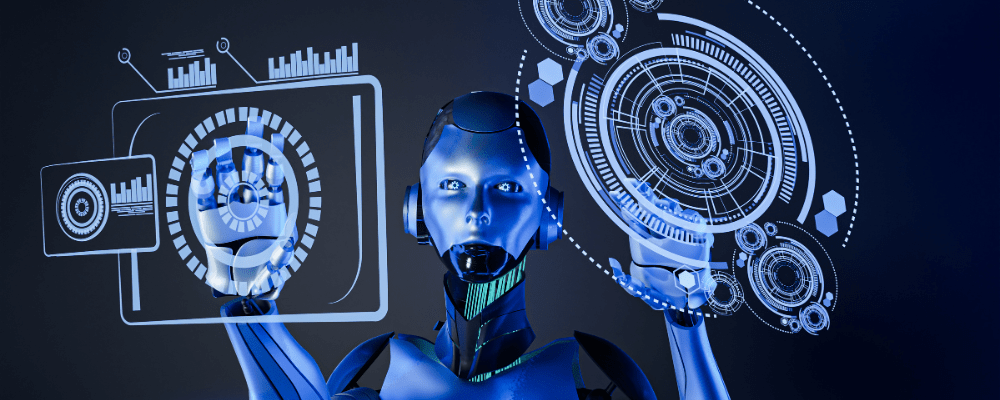In today’s fast-paced tech landscape, making informed decisions is crucial to staying ahead of the curve. One approach that has revolutionized the way businesses operate is “Data-Driven Decision Making.” This blog will delve into the intricacies of this strategy, helping tech experts to harness its power for sustainable success in Data-Driven Decision Making.
Understanding Data-Driven Decision Making
What is Data-Driven Decision Making?
Data-driven decision-making is a systematic process that involves collecting, analyzing, and interpreting data to guide strategic choices within a tech-centric organization. It hinges on using accurate and relevant data to inform decisions, from product development to marketing strategies.
Why Data-Driven Decision-Making Matters
In the tech industry, where innovation reigns supreme, making decisions based on intuition alone can be risky. Data-Driven Decision Making empowers tech experts to:
Enhance Product Development: Utilize user data and feedback to refine and innovate tech products.
Optimize User Experiences: Tailor interfaces and features based on user behavior data.
Predict Market Trends: Analyze market data to stay ahead of competitors.
Improve Operational Efficiency: Streamline processes using data insights.
The Data-Driven Decision Making Process
Data-driven decision-making is a systematic approach that empowers organizations, especially in the tech industry, to leverage data for making informed and strategic choices. This process involves several critical steps that enable tech experts to harness the power of data to improve products, enhance user experiences, and gain a competitive edge.
Data Collection
Data collection forms the foundational step in the Data-Driven Decision Making process. It is the process of gathering relevant and valuable information from various sources. Tech experts must cast a wide net, collecting data from diverse channels, including user interactions, market data, and operational metrics. The data collected should be chosen thoughtfully, ensuring its relevance to the decisions.
Ensuring Data Quality and Accuracy
Data quality and accuracy are paramount in this stage. Garbage in, garbage out, as the saying goes. To make Data-Driven Decision Making, the data collected must be trustworthy and reliable. Tech experts often establish data governance frameworks, employ data cleaning and validation processes, and implement robust data collection methods to ensure the data’s quality and accuracy.
Data Analysis
Following data collection, tech experts move on to the data analysis phase. In this step, they delve deep into the collected data, employing sophisticated techniques to extract meaningful insights. These techniques can include:
Statistical Models
Statistical models identify trends, correlations, and statistical significance within the data. This involves regression analysis, hypothesis testing, and multivariate analysis, allowing experts to quantify relationships and patterns.
Machine Learning Algorithms
Machine learning is a powerful tool for data analysis, enabling the discovery of hidden insights through predictive modeling, clustering, and classification. Algorithms such as decision trees, neural networks, and support vector machines can be employed to uncover complex relationships within the data.
Data Visualization Techniques
Data visualization plays a pivotal role in Data-Driven Decision Making. It involves the use of charts, graphs, and dashboards to present data in a visually appealing and easily understandable manner. Visualization helps identify trends, outliers, and patterns that might go unnoticed in raw data.














